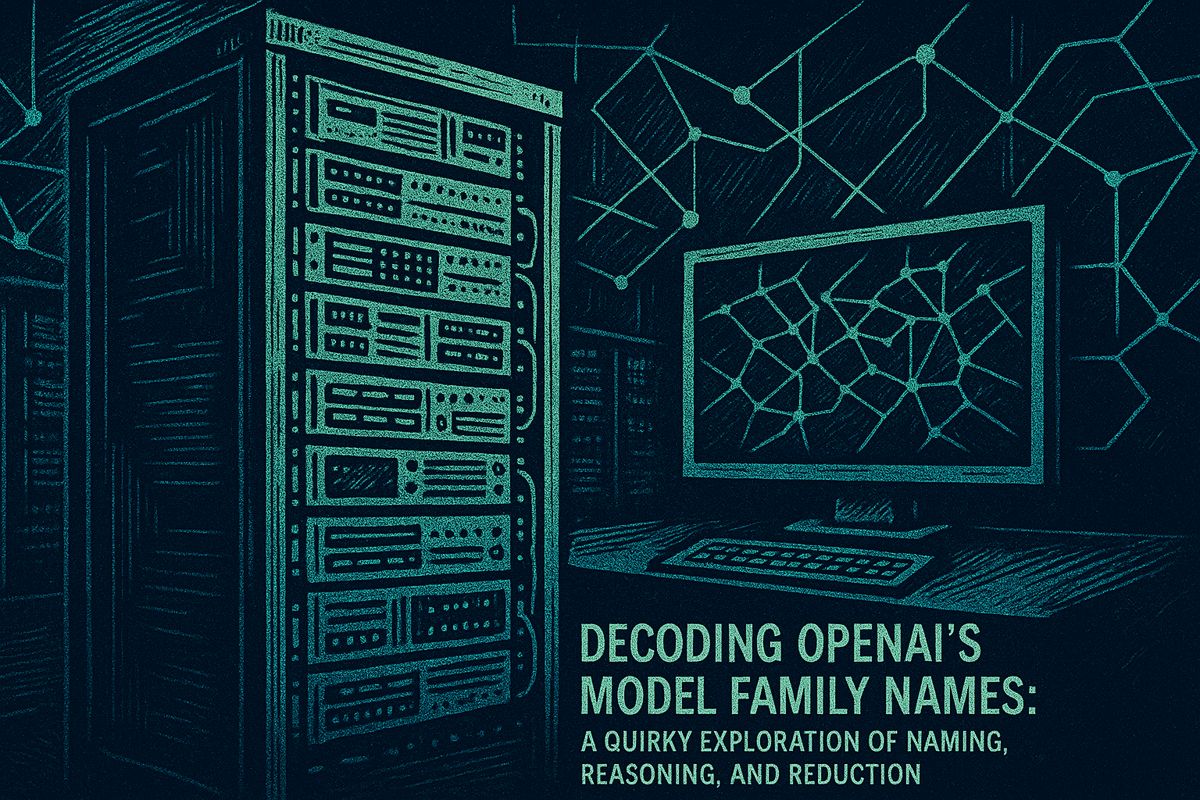In 2025, companies that combine AI agents, real-time data, and human experts into a single decision system make better and faster choices than those using only traditional leadership. This special AI-driven setup helps teams move 20–35% quicker, make fewer mistakes, and stay ahead in the market. As data from billions of devices grows, old ways of working just aren’t fast enough. Smart businesses are building clear, fair, and secure systems where people and AI work together, making sure every decision is checked, improved, and safe. The real winners are those who make AI part of every step, not just an extra tool.
What is an AI-driven decision environment and why is it crucial for competitive advantage in 2025?
An AI-driven decision environment integrates multimodal AI agents, real-time data streams, risk controls, and human expertise. Organizations that architect this environment achieve 20–35% faster decision cycles and significant error reductions, outpacing competitors who rely on traditional leadership or stand-alone AI tools.
In 2025 the competitive edge no longer belongs to the fastest executive or the boldest entrepreneur. It belongs to whoever can architect the best decision environment: an integrated system where AI agents, multimodal data streams, risk controls and expert judgment converge.
Why traditional leadership is no longer enough
- 50 billion+ connected devices now feed real-time data into enterprise systems (McKinsey 2025 outlook)
- Human cognitive capacity is *flat-lining * while data volume continues to double every 14 months
- The global decision-intelligence market jumped from \$13.3 B (2024) to an estimated \$50.1 B (2030) – a compound annual growth above 30 % (NexStrat 2025 survey)
Against this backdrop, organizations that still rely on individual heroics are falling behind.
Anatomy of an AI-driven decision environment
| Building block | Purpose | Industry example (2025) |
|---|---|---|
| Multimodal LLM | Synthesizes text, audio and image inputs in one reasoning path | Supply-chain teams use Gemini 2.0 Flash to combine satellite images, ERP tables and Slack threads to reroute cargo during port strikes |
| Agent framework | Orchestrates modular agents that query data, call APIs and surface insights | Investment bank deploys LangGraph agents to execute 7-step equity-research workflow 3× faster than analysts alone (Kanerika case study) |
| Risk layer | Applies NIST AI RMF controls to map, measure, manage and govern AI risks | Healthcare consortium uses July-2024 Generative AI Profile to validate diagnosis bots and prove HIPAA compliance (NIST source) |
| Human override | Escalates edge cases and ethical dilemmas to experts | Fintech platform keeps humans “in the loop” for any credit-risk decision flagged by Claude-3.5 fairness monitor |
Six design principles leaders are applying now
-
End-to-end transparency
Visual agent graphs (LangGraph, AutoGen) let auditors replay every reasoning step. -
Shared memory and state
Critical context persists across sessions so an analyst picking up a case at 2 a.m. sees the same history seen at 2 p.m. -
Bias-aware pipelines
Counterfactual generators stress-test loan-approval agents for disparate impact before go-live. -
Edge-to-cloud elasticity
Lightweight models run on factory floors; heavier reasoning bursts to cloud GPUs when market volatility spikes. -
Continuous learning loop
Each resolved decision feeds back into the model via federated learning, improving accuracy without exposing proprietary data. -
Regulatory pre-compliance
Teams bake NIST AI RMF controls into design specs so new features pass audits the first time.
Fast facts from the field (August 2025)
- 45-50 % of Global 2000 firms now have AI embedded in core strategic processes (NexStrat survey)
- LangGraph alone supports >250 production-grade enterprise workflows, according to its August telemetry logs
- Average *time-to-insight * for a quarterly earnings model dropped from 4 analyst-days to 27 minutes in a top-5 bank pilot
Reading the signals
Enterprises that treat AI as a bolt-on tool see 5-8 % efficiency gains. Those that redesign the entire decision environment report 20-35 % faster cycle times and double-digit error-rate reductions. The delta is not in the model quality but in how deliberately the *environment * is engineered.
What is an AI-driven decision environment and why does it matter in 2025?
An AI-driven decision environment is a purpose-built ecosystem that blends technology, data, and human expertise to make faster, more consistent, and less biased choices. Instead of relying on individual brilliance, organizations now compete on how well they architect the process itself.
By 2025, three forces have made this shift urgent:
- Hypercomplexity: Markets, supply chains, and regulations change faster than any single leader can track.
- AI leaps: Multimodal models such as Gemini 2.0 Flash and Claude 3.5 can ingest text, images, and audio in real time, turning raw data into insight at machine speed.
- Compounding uncertainty: Geopolitical shocks and climate events demand decisions under incomplete information.
According to NexStrat AI, the decision-intelligence market has already ballooned from $13.3 billion in 2024 to a projected $50.1 billion by 2030, with half of large enterprises embedding AI in core decision processes today.
How do LangChain, LangGraph, and AutoGen fit into the picture?
These open-source frameworks are the construction kits for enterprise-grade decision environments.
- LangChain – best for rapid prototyping; chains together LLMs, retrieval modules, and API calls into reusable workflows.
- LangGraph – adds stateful, auditable graphs, letting multiple agents share context, pause, resume, and roll back decisions. Ideal for regulated industries that must prove every step to auditors.
- AutoGen – orchestrates parallel agents that debate, critique, and vote on the final answer, simulating a “board of experts” inside the machine.
Real-world wins already documented in 2025:
| Framework | Use case (Fortune 500) | Measured benefit |
|---|---|---|
| LangGraph | Multi-agent equity-research workflow | 37 % faster model updates, 22 % fewer analyst hours |
| LangChain | Smart autocomplete for internal knowledge base | 18 % reduction in average ticket resolution time |
| AutoGen | Cyber-threat triage with human-in-the-loop | Mean time-to-containment cut from 4 h to 11 min |
What risks should executives watch when rolling out multimodal AI?
1. Cross-modal reasoning gaps
Benchmarks like EMMA show most models still stumble when visual cues (a checked box, a chart axis) are essential for the right answer. A loan-approval AI that misses a scanned signature could trigger compliance fines.
2. Data-privacy surface area
Multimodal systems touch everything from Slack threads to satellite imagery. Any leak multiplies across formats. The July 2024 update of the NIST AI Risk Management Framework now lists 200+ actions for Gen-AI governance, including mandatory red-team exercises before production use.
3. Autonomy drift
Agentic systems can act on stale context if state memory is not versioned. One logistics firm saw its route-optimizer accidentally ship medical supplies to an old warehouse after an address change was updated only in the text database.
How can organizations institutionalize knowledge instead of losing it to staff turnover?
Traditional playbooks walk out the door when experts leave. AI-driven environments solve this by turning tacit rules into executable code:
- Decision templates: Every approved choice becomes a reusable graph in LangGraph.
- Explainable traces: Each step records the prompt, retrieved docs, and model confidence, letting successors replay why a decision was made.
- Continuous learning loops: Outcome data (profits, customer NPS, incident counts) is piped back nightly to fine-tune the agents, so the system gets smarter even as the team rotates.
Early adopters report 15–30 % faster onboarding for new analysts because the environment itself teaches the firm’s decision logic.
What does success look like three years from now?
Forward-looking indicators tracked by Gartner (2025):
- 80 % of enterprises will run at least one production decision agent.
- 51 % will have full integration into risk and compliance dashboards.
- Zero-shot hallucination rates for multimodal models are expected to drop below 2 % thanks to newer constitutional-AI techniques.
The competitive moat will no longer be “who has the smartest people,” but “whose decision environment learns fastest and exposes the least bias.”



















